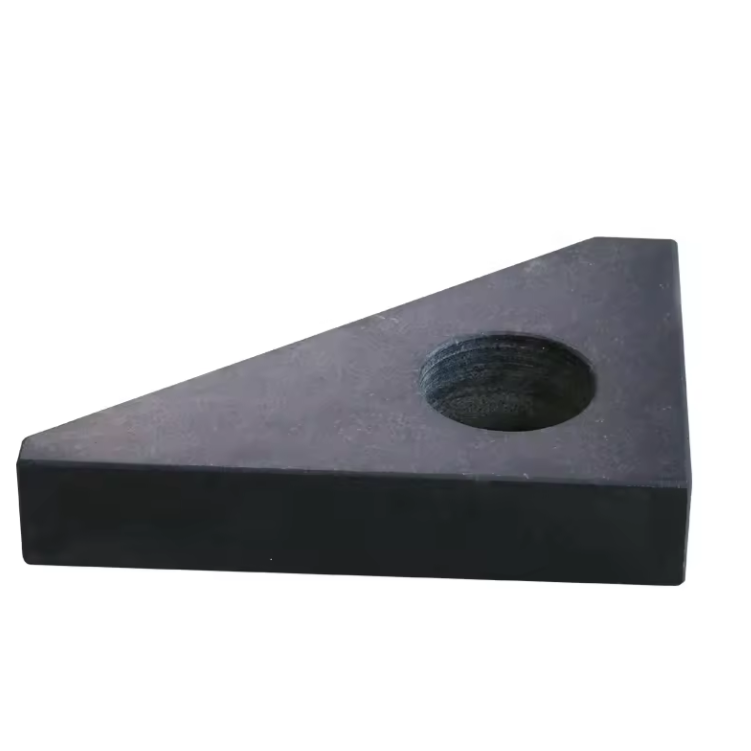Dec . 07, 2024 05:03 Back to list
different types of ball valves
Different Types of Ball Valves A Comprehensive Overview
Ball valves are widely used in various industrial applications due to their versatility, reliability, and ease of operation. Unlike other valve types, a ball valve uses a spherical disc to control fluid flow, which allows for quick shut-off capabilities and minimal flow resistance. In this article, we will explore the different types of ball valves, their unique features, and their specific applications.
1. Floating Ball Valve
The floating ball valve is one of the most common types found in various industries. In this design, the ball is not fixed in place; instead, it floats in the flow path. This means that when the valve is closed, the ball is pushed against the seat by the fluid pressure, creating a tight seal. Floating ball valves are suitable for low to medium pressure applications and are often used in water, gas, and oil pipelines.
Advantages - Simple design and fewer moving parts. - Cost-effective and easy to maintain. Applications - Water treatment facilities - Oil and gas pipelines
2. Trunnion Mounted Ball Valve
A trunnion mounted ball valve is designed with a fixed ball that is supported by a trunnion (a pivot point). This design allows the ball to maintain its position under high pressure, making it suitable for larger diameter pipes and higher pressure applications. The trunnion mounted ball valve provides a tight seal and is less prone to deformation under pressure.
Advantages - Suitable for high pressure and larger diameters. - Offers reduced torque for operation.
Applications - Chemical processing - Natural gas distribution
3. V-Ball Valve
The V-ball valve is a specialized type of ball valve that features a V shaped ball instead of a standard spherical ball. This design allows for precise control over the flow rate and can handle applications requiring throttling. The V-profile provides an adjustable flow characteristic that is ideal for various process control needs.
Advantages - Excellent for flow regulation and control
. - Minimizes turbulence and cavitation.different types of ball valves

Applications - Process industries - Water treatment
4. Fully Welded Ball Valve
Fully welded ball valves are designed for underground and high-pressure applications. As the name suggests, these valves have a fully welded body, making them highly robust and resistant to leakage. They are particularly useful in hazardous environments where safety is a priority.
Advantages - Extremely durable with a long service life. - Reduced risk of leakage due to welding.
Applications - Offshore platforms - Natural gas pipelines
5. Electric Actuated Ball Valve
Electric actuated ball valves combine the functionality of a ball valve with an electric actuator for automated control. These valves are controlled remotely and can significantly improve efficiency in processes requiring on-demand operation. They are often equipped with feedback systems to provide real-time monitoring.
Advantages - Remote operation enhances safety and efficiency. - Can be integrated into automated systems.
Applications - HVAC systems - Water management systems
Conclusion
Understanding the different types of ball valves and their applications is critical for selecting the right valve for your specific needs. Each type has unique features that cater to various operational requirements, from simple water flow control to complex industrial processes. Whether you require a straightforward floating ball valve or a sophisticated electric actuated design, there's a ball valve solution available to meet your demands in a wide range of environments.
-
Why Metric Trapezoidal Thread is Ideal for Precision Motion ControlNewsAug.05,2025
-
The Unique Properties of a Block of Granite for Industrial UseNewsAug.05,2025
-
The Role of Flanged Y Strainers in Preventing Pipeline ClogsNewsAug.05,2025
-
The Importance of Regular Calibration for Master Ring GagesNewsAug.05,2025
-
How a Cast Iron Surface Table Enhances Accuracy in ManufacturingNewsAug.05,2025
-
Comparing Different Check Valve Types for Optimal Flow ControlNewsAug.05,2025
Related PRODUCTS









